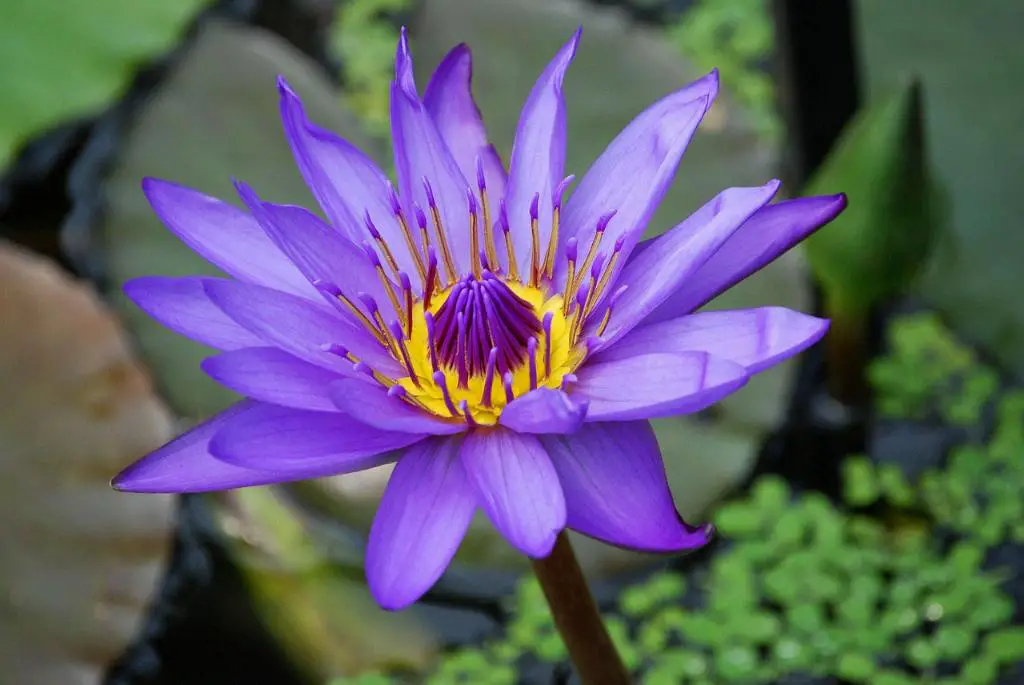When it comes to cultivating a thriving Peace Lily, the type of soil you choose can make all the difference in its overall health and growth. Peace lilies are known for their lush green foliage and beautiful white flowers, but to achieve that vibrancy, they need the right soil conditions to thrive. So, what kind of soil is best for your Peace Lily?
The Importance of Well-Draining Soil
One of the key characteristics of soil suitable for Peace Lilies is good drainage. These plants do not like to sit in waterlogged soil, as it can lead to root rot and other issues. To promote healthy root growth and prevent waterlogging, it’s essential to use a well-draining soil mix that allows excess water to flow through easily.
Components of an Ideal Peace Lily Soil Mix
An ideal soil mix for Peace Lilies typically consists of a combination of pine bark, peat moss, perlite, sand, and lime. This blend strikes the perfect balance between drainage and moisture retention, creating an optimal environment for your plant to thrive. Each component plays a specific role in promoting healthy growth and development.
Pine Bark for Aeration
Pine bark is a common ingredient in Peace Lily soil mixes due to its excellent aeration properties. It helps to loosen up the soil, allowing air to reach the roots and facilitating proper circulation. This is essential for preventing soil compaction and ensuring that your Peace Lily’s roots have room to grow and expand.
Peat Moss for Moisture Retention
Peat moss is another crucial component that helps retain moisture in the soil. Peace Lilies prefer consistent, moderate moisture levels, and peat moss acts as a sponge, absorbing water and releasing it slowly to keep the roots hydrated without becoming waterlogged.
Perlite for Improved Drainage
Perlite is a lightweight, porous volcanic rock that aids in soil drainage by preventing compaction and allowing excess water to drain away effectively. Its inclusion in the soil mix ensures that water flows freely through the soil, reducing the risk of waterlogging and root rot.
Sand for Added Drainage
Adding sand to the soil mix further enhances drainage capabilities by increasing the space between soil particles. This helps excess water to drain more efficiently, preventing water from pooling around the roots and suffocating the plant. Sand also improves soil aeration and reduces the risk of compaction.
Lime for pH Balance
Lime is used in Peace Lily soil mixes to help balance the pH level of the soil. Peace Lilies prefer slightly acidic to neutral soil conditions, and lime helps to regulate the pH, creating a more favorable environment for the plant’s growth. Maintaining the right pH level is crucial for nutrient absorption and overall plant health.
Benefits of a Well-Designed Soil Mix
By choosing a soil mix that provides the right balance of drainage and moisture retention, you can ensure that your Peace Lily receives the nutrients and hydration it needs to thrive. A well-designed soil mix promotes healthy root growth, prevents soil compaction, and reduces the risk of water-related issues that can harm your plant.
Caring for Your Peace Lily’s Soil
It’s important to monitor the moisture levels in your Peace Lily’s soil regularly and adjust your watering schedule as needed. Check the soil for dryness before watering, as overwatering can lead to root rot. Additionally, consider repotting your Peace Lily every couple of years to refresh the soil and provide your plant with a nutrient-rich growing environment.

Final Thoughts
Choosing the right soil for your Peace Lily is crucial for ensuring its health and vitality. By selecting a soil mix that combines components like pine bark, peat moss, perlite, sand, and lime, you can create an ideal growing environment that promotes vigorous growth and stunning blooms. With the right soil and proper care, your Peace Lily will reward you with its beauty and grace for years to come.
